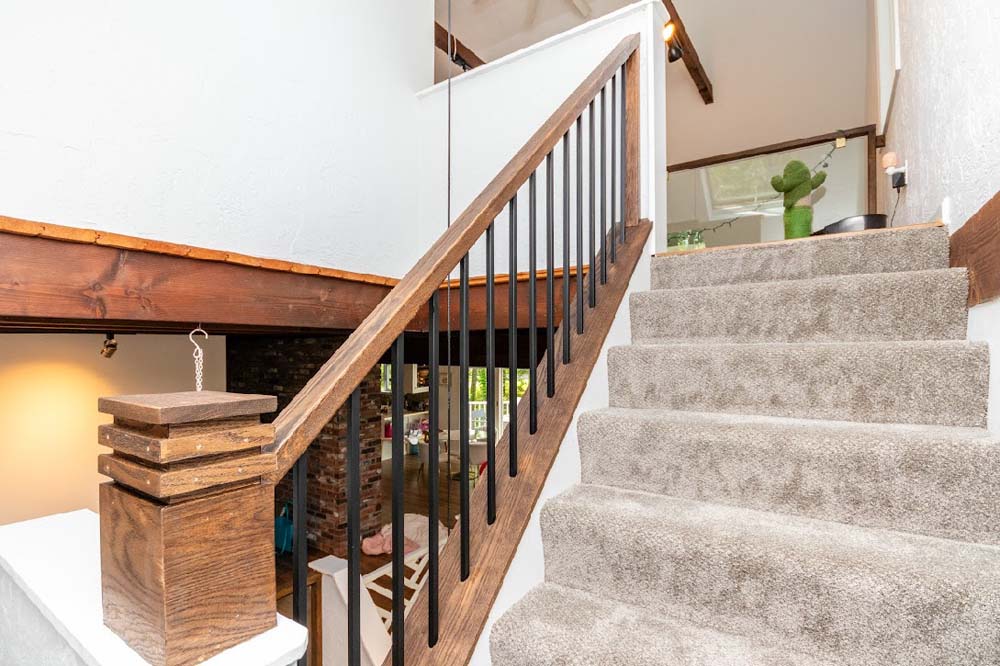
Whether you’re planning a deck, an addition, or something more complex, one of the biggest questions you’re going to run into early on is:
“How much is this going to cost?”
Before you can answer that, the better question might be:
“What stage of the process are you in?”
1. Are You Still Dreaming or Digging Into the Details?
Every project starts the same way—by imagining what’s possible. Maybe you’re scrolling Pinterest, saving Instagram posts, or driving through neighborhoods picking out styles you like. That’s a critical phase: you’re shaping your vision.
Eventually, though, you’ll reach a fork in the road, and how you proceed will determine how accurate and useful your cost estimates will be.
2. Fork in the Road: Two Ways to Price Your Project
When it comes to figuring out costs, there are really two distinct paths homeowners can take. Both work—but they require different levels of involvement, trust, and planning.
Path One: Design First, Then Bid It Out
This approach is great if you’re planning to compare multiple contractor quotes and want to drive the process yourself.
But here’s the catch:
To compare pricing accurately, you need a consistent set of plans.
If you ask three contractors to bid on a deck or an addition without plans, you’re not comparing apples to apples. One might be assuming pressure-treated framing, while another is budgeting for steel supports. One might be thinking cedar decking; the other, composite. These assumptions can swing the price by thousands of dollars.
So if you’re going this route, you’ll need:
-
A clear scope of work
-
Engineered drawings (especially for structural work)
-
A list of your material preferences and priorities
-
Some time and patience to coordinate with designers, engineers, and contractors
This path requires more work upfront, but it gives you the ability to shop around for competitive bids and potentially save money—if you’re comparing bids based on the same design.
Path Two: Pick Your Contractor First, Then Design Together
This approach is for people who’ve already found a contractor they trust—someone with a strong reputation, solid systems, and the ability to guide the project from concept to completion.
In this model, your contractor helps develop the design, bring in the right engineers, manage the permitting process, and select materials based on your goals and budget. You’re not shopping for quotes—you’re building a relationship.
It’s ideal if:
-
You don’t want to manage multiple professionals yourself
-
You’d rather make big-picture decisions (design, finishes, budget) while your contractor handles the technical details
-
You value peace of mind and a smoother, more efficient process
This option isn’t necessarily more expensive—it’s just structured differently. You’re not paying for guesses. You’re investing in a partner who helps value-engineer the project from day one, so your budget and your vision stay aligned.
3. Which Route Is Right for You?
There’s no one-size-fits-all answer.
-
If you have time, enjoy the research, and want to gather multiple bids—go the first route.
-
If you’re looking for a streamlined process and a long-term relationship with a builder who treats your home like their own—go the second.
We work with homeowners who come to us at both stages. But either way, our goal is to help you make informed, confident decisions.
4. Want to See How We Handle It?
If you’re considering working with a contractor first, check out our Pre-Construction Process page. It breaks down how we help homeowners in Plymouth County develop a real plan—with clear expectations, detailed budgets, and expert guidance—before construction starts.
You can also read what past clients have said on our Testimonial Page or take a look at our Google Reviews. We believe those speak louder than anything we could write here.
Final Thought
Whether you’re in the dreaming stage or ready to break ground, we’re here to help you figure out the next right step for your home—and your budget.
